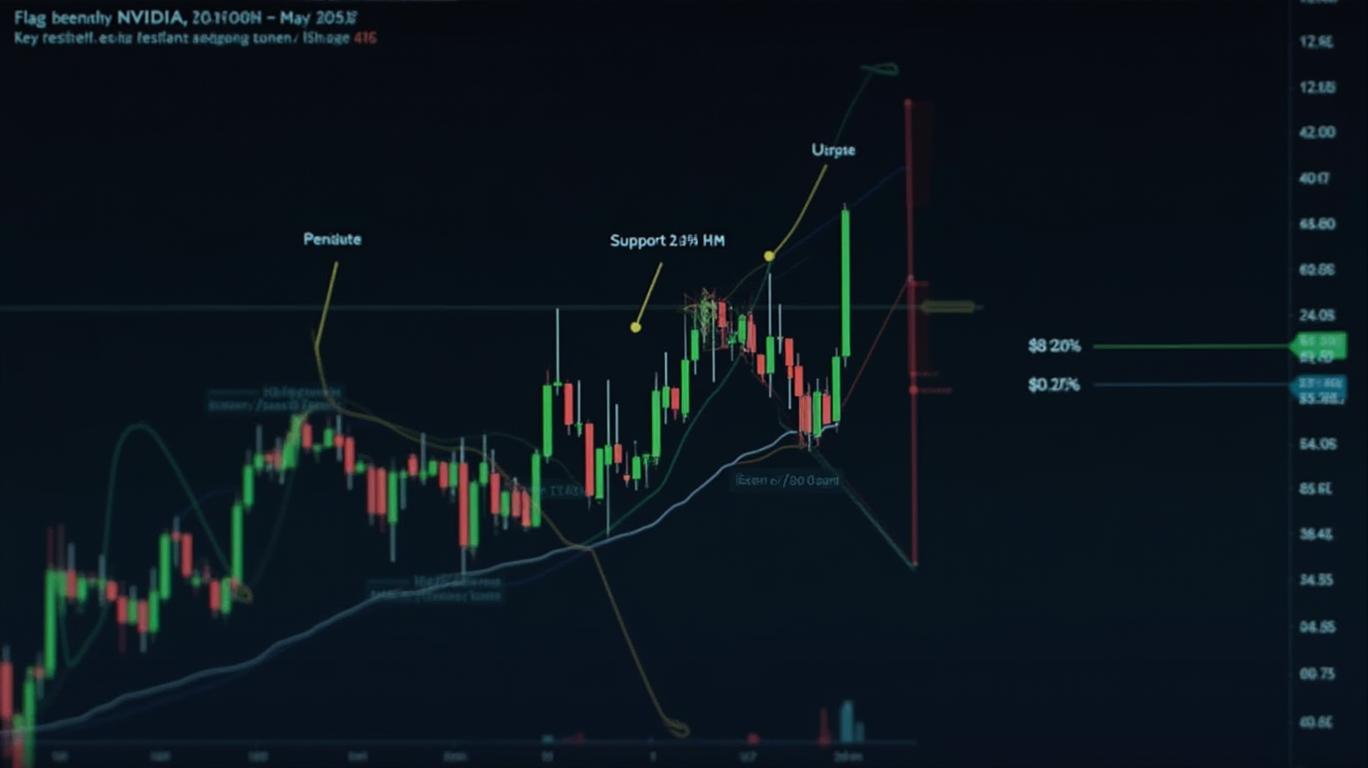Intel's Earnings Crossroads: Analysts Weigh Near-Term Struggles Against Long-Term Hopes
As Intel Corp. (INTC) prepares to report Q1 2025 earnings on April 24, analysts are bracing for a mixed performance that underscores both the company’s ongoing challenges and its potential for a turnaround under new leadership. With revenue and earnings expected to decline year-over-year, the focus will be on whether CEO Lip-Bu Tan’s restructuring efforts and strategic pivots can stabilize the semiconductor giant’s trajectory.
The Numbers Tell a Cautionary Tale
Analysts project Intel to report Q1 2025 revenue of $12.3 billion, a 3% year-over-year (YoY) decline from $12.7 billion in Q1 2024. Adjusted EPS is expected to come in at $0.00, a staggering 97.5% drop from $0.18 in the same quarter last year. These estimates reflect pressure from weakening demand for traditional PC chips, margin erosion in the data center segment, and ongoing losses in its foundry division.
The company’s guidance for Q1—revenue of $11.7–12.7 billion and break-even EPS—aligns with the consensus, but the path forward remains fraught with risks. Analysts note that Intel’s struggles in the AI chip market, where competitors like NVIDIA and AMD are gaining share, have compounded these headwinds.

Analyst Sentiment: A "Hold" for Now
The analyst community remains cautiously neutral. Of 31 analysts tracked by Benzinga Edge, 31 rate the stock a "Hold," 1 a "Strong Buy," and 4 a "Strong Sell", resulting in a consensus rating of "Hold". The average price target of $24.62 represents a 23.8% premium to Intel’s April 2025 stock price of $19.43, but this optimism is tempered by near-term execution risks.
Intel’s shares have plummeted 46.6% over the past year, far outperforming the S&P 500’s 2.1% gain, signaling investor skepticism about its ability to recover.
Key Risks on the Horizon
- Trade Tensions and Tariffs: New U.S. tariffs on semiconductors and laptops, expected to take effect in 2025, could disrupt supply chains and dampen demand. Analysts warn of a potential “pull-forward” effect, where buyers accelerate purchases ahead of tariffs, followed by a sales slump in late 2025.
- AI Market Competition: Intel’s data center business, which accounts for ~23% of revenue, is under siege. NVIDIA’s dominance in AI-specialized GPUs and AMD’s advancements in CPU-GPU hybrid chips have eroded Intel’s traditional advantages.
- Foundry Segment Struggles: Intel’s foundry division, Intel Foundry Services (IFS), reported an operating loss of $4.5 billion in 2024. While management aims to break even by 2027, analysts question whether cost cuts and $1.1 billion in U.S. government grants can offset persistent losses.
Reasons for Optimism: Long-Term Bets
Despite the gloom, analysts see glimmers of hope in Intel’s product roadmap and strategic shifts:
- Next-Gen Chips: The Panther Lake (2025) and Nova Lake (2026) processors, built on Intel’s 18A manufacturing process, aim to reclaim leadership in AI and high-performance computing.
- Restructuring: Tan’s 20% workforce reduction and plans to sell a 51% stake in the Altera programmable chip unit could slash costs and focus resources on core businesses.
- Valuation: At a forward P/E of 20.3, Intel trades at a discount to the S&P 500’s ~25.6 multiple, offering some margin of safety if the turnaround succeeds.
The Bottom Line: A Wait-and-See Stance
Analysts are split on whether Intel’s near-term pain will translate into long-term gain. While $0.00 EPS for Q1 2025 and a $0.13 annual loss in 2025 highlight ongoing struggles, a $1.11 EPS projection for 2026—a 492% YoY jump—suggests confidence in recovery.
The key to Intel’s success lies in Tan’s ability to:
- Accelerate innovation in AI and foundry technologies.
- Navigate trade tensions without sacrificing market share.
- Deliver on cost-cutting promises to improve margins.
For now, investors are advised to remain cautious. While Intel’s valuation and long-term prospects offer some allure, the path to profitability is littered with risks. As one analyst noted, “Intel’s story isn’t dead, but it’s far from alive.”
Final Takeaway
Intel’s Q1 earnings will be a critical test of its ability to stabilize amid industry headwinds. While the consensus “Hold” rating reflects a wait-and-see stance, investors should monitor execution on the Panther Lake launch, foundry margin improvements, and tariff-related demand shifts. For the stock to sustain a rally above $24.62, Intel must prove it can innovate faster than it’s been losing ground. Until then, the verdict remains in the balance.









